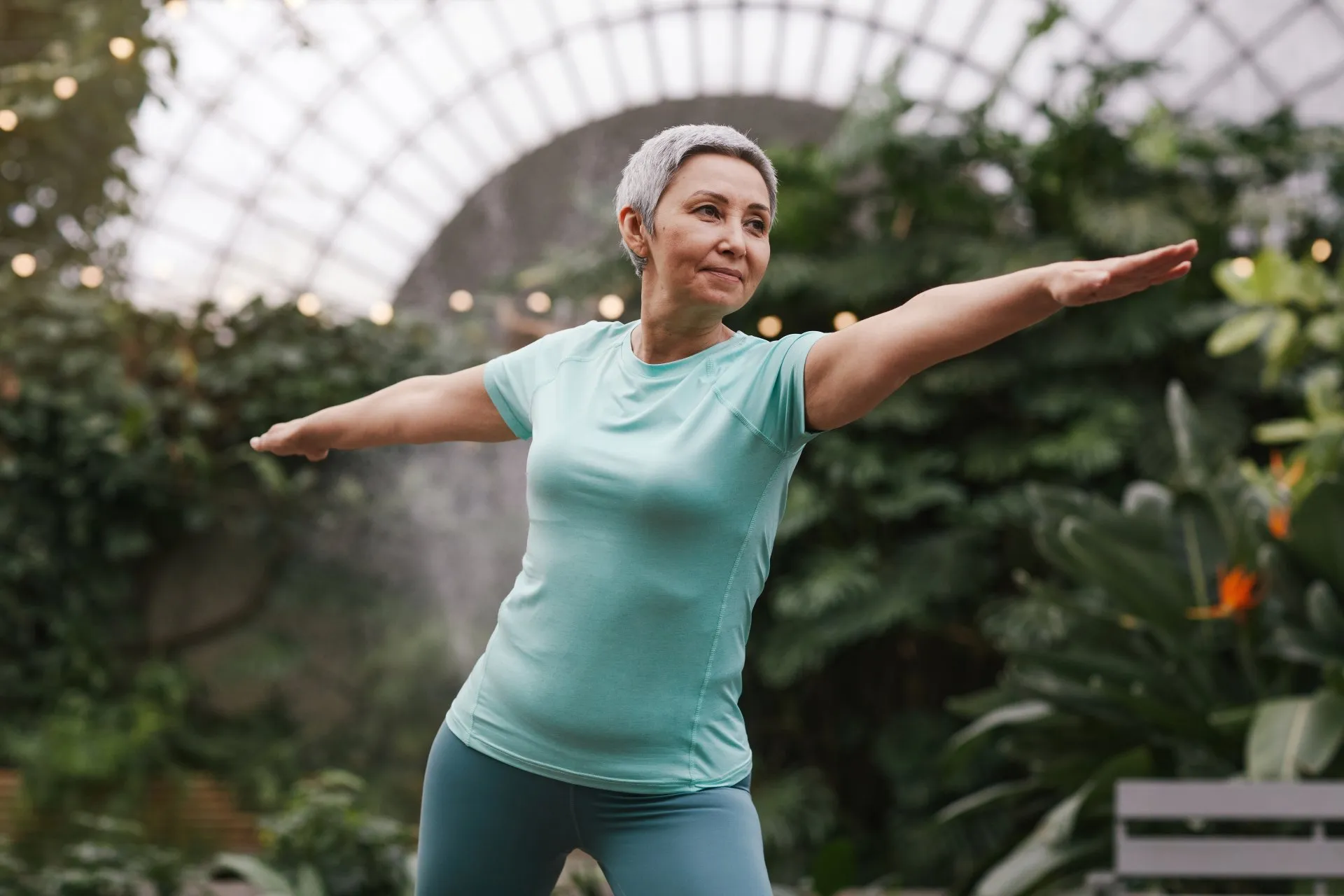Exercise and Aging Well
22 November 2022
assisted living memory living The Birches on Maple yoga
Getting older doesn't mean you can't stay young at heart - and mind. With the right lifestyle choices, the fountain of youth for the body can be discovered as well. Eating right is fundamental, but don't underestimate the power of exercise when it comes to turning back the clock.
Muscle loss as we age
As we age, changes are inevitable. Muscle loss - atrophy - can begin as early as age 30, with decreases at 3% to 8% each decade after that. That rate climbs after age 60, contributing to deficiencies and loss of mobility. Joints and tendons also deteriorate during the aging process, causing the body to become stiffer and less flexible. Being physically active can slow - and reverse - these processes.
According to the National Library of Medicine, there are four main types of exercise older adults should consistently engage in:
- Endurance and aerobic activities that increase your breathing and heart rate. Brisk walking or jogging, dancing, swimming, and biking are examples.
- Strength exercises that make your muscles stronger. Lifting weights or using a resistance band builds strength.
- Balance exercises that help prevent falls. Marching in place or heel-to-toe walking improve balance.
- Flexibility exercises that stretch your muscles help your body stay limber. Standing and seated stretching routines increase flexibility.
Consistent exercise not only helps prevent diseases like diabetes and osteoporosis, it also improves balance, cognitive function, and enhances mood. Along with a healthy diet, engaging in physical activity can help you live longer, fuller, happier and healthier life.

